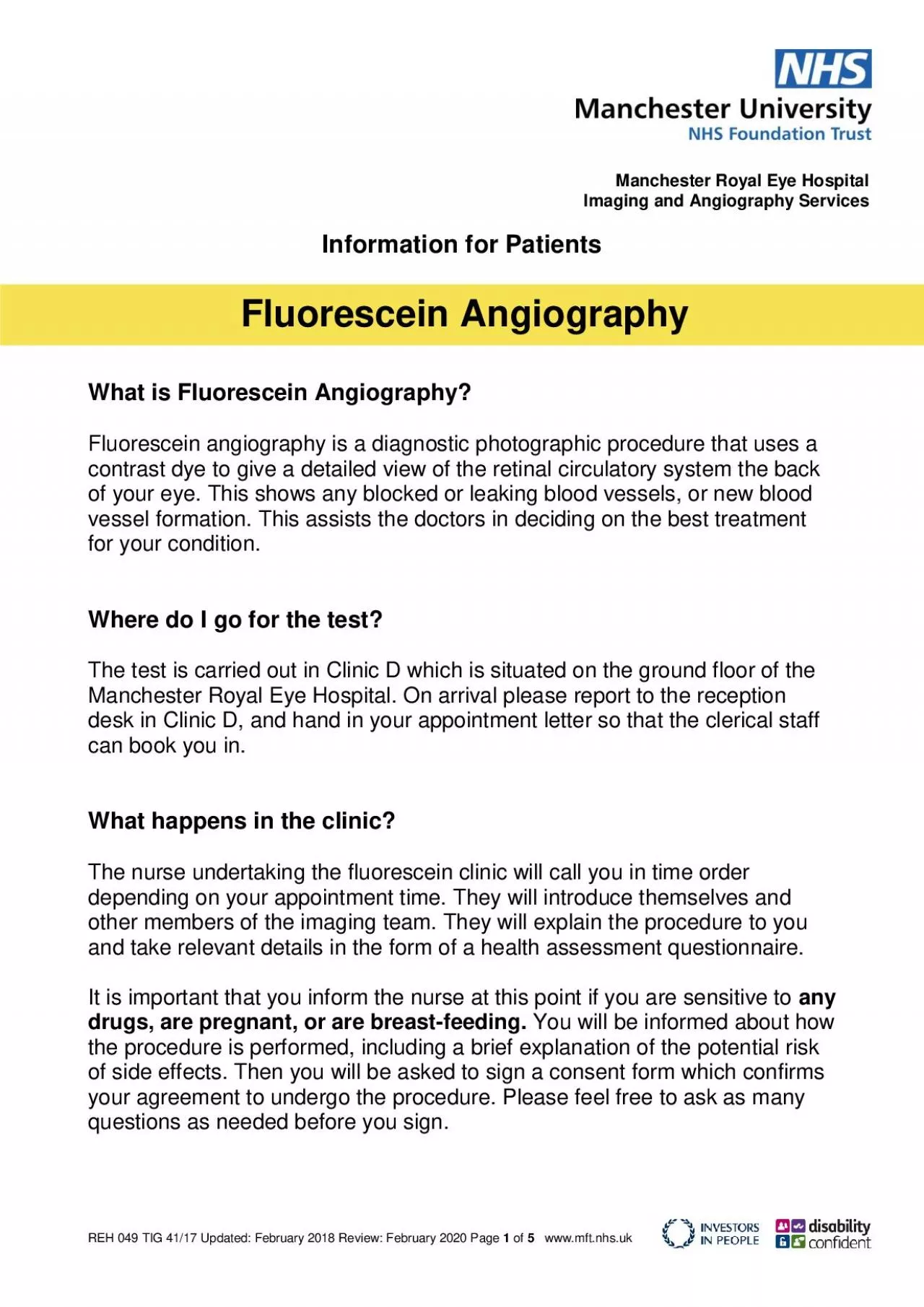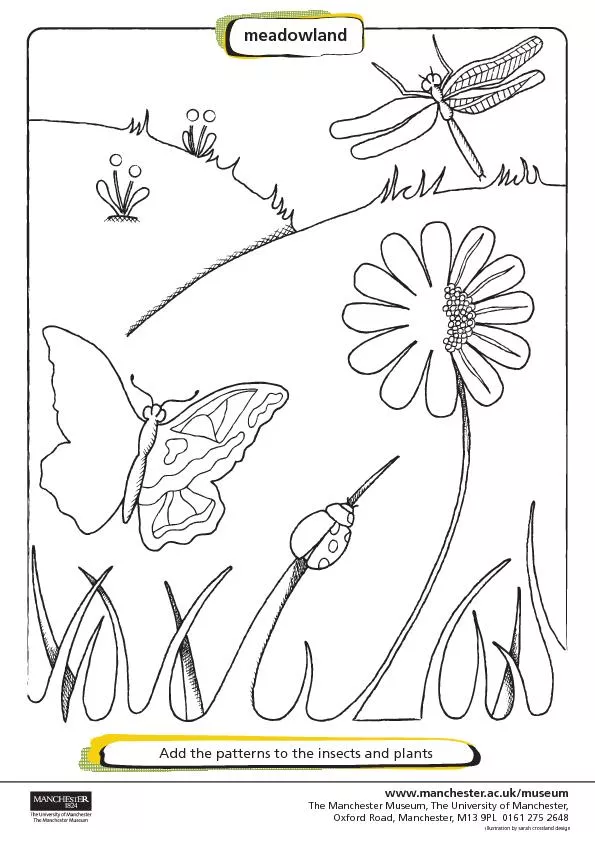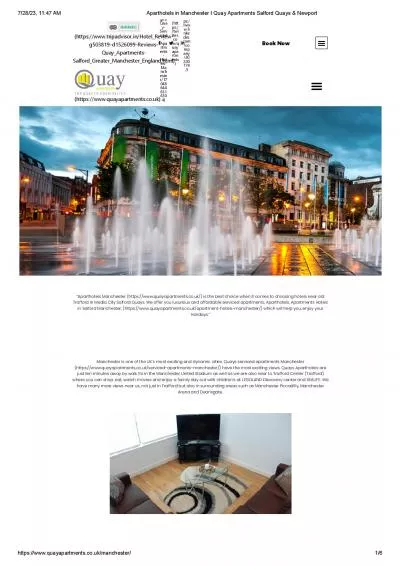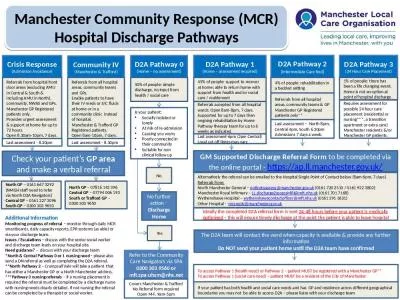PDF-Manchester Royal Eye Hospital
Author : isla | Published Date : 2022-09-22
REH 049 TIG 4117 Updated February 2018 R eview February 2020 Page 1 of 5 wwwm ftnhsuk Imaging and Angiography Services Information for Patients What is Fluorescein
Presentation Embed Code
Download Presentation
Download Presentation The PPT/PDF document "Manchester Royal Eye Hospital" is the property of its rightful owner. Permission is granted to download and print the materials on this website for personal, non-commercial use only, and to display it on your personal computer provided you do not modify the materials and that you retain all copyright notices contained in the materials. By downloading content from our website, you accept the terms of this agreement.
Manchester Royal Eye Hospital: Transcript
Download Rules Of Document
"Manchester Royal Eye Hospital"The content belongs to its owner. You may download and print it for personal use, without modification, and keep all copyright notices. By downloading, you agree to these terms.
Related Documents














